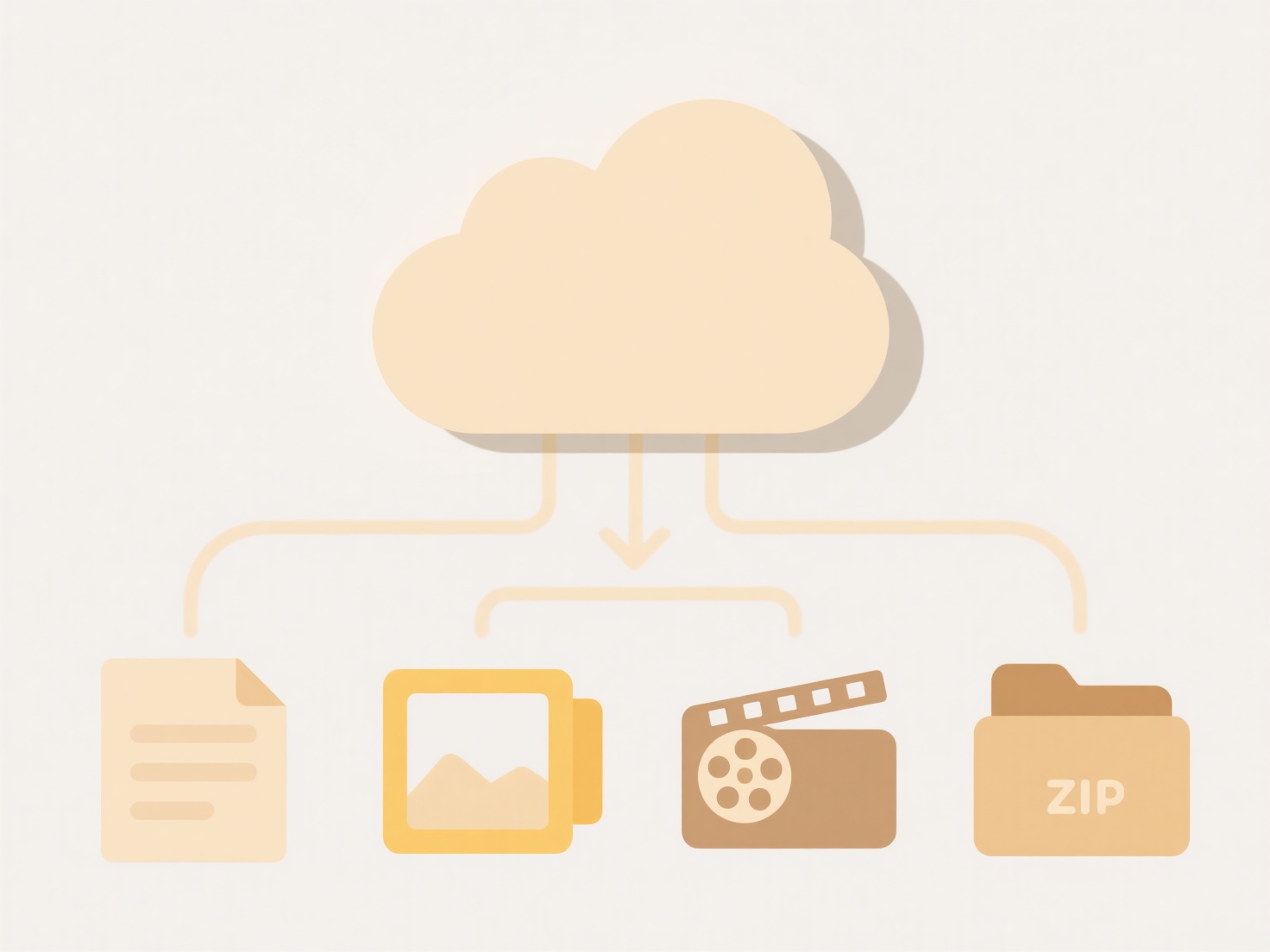
Organizational file sharing policies establish rules governing how employees share files internally and externally. These policies differ from simple folder permissions by defining acceptable sharing methods (like links vs. attachments), authorized external collaborators, data classification handling, and access expirations to prevent unauthorized data leaks or loss. They typically enforce encryption and require authentication for secure data transfer.
For instance, a technology company might configure Microsoft OneDrive to block public link sharing entirely, allowing only authenticated users within approved external partner domains. Similarly, a healthcare organization often uses SharePoint policies to strictly prevent sharing patient health information (PHI) externally via links unless specifically encrypted and approved through Azure Active Directory governance tools.

Such policies significantly enhance security and regulatory compliance (like HIPAA or GDPR) by controlling data flow. Key limitations include managing user adoption friction and balancing security with collaboration ease. Future trends involve AI automatically applying policy classifications to sensitive files and integrated governance tools providing centralized auditing and anomaly detection across cloud platforms like Google Drive, Dropbox, or OneDrive.
Can I set file sharing policies in my organization?
Organizational file sharing policies establish rules governing how employees share files internally and externally. These policies differ from simple folder permissions by defining acceptable sharing methods (like links vs. attachments), authorized external collaborators, data classification handling, and access expirations to prevent unauthorized data leaks or loss. They typically enforce encryption and require authentication for secure data transfer.
For instance, a technology company might configure Microsoft OneDrive to block public link sharing entirely, allowing only authenticated users within approved external partner domains. Similarly, a healthcare organization often uses SharePoint policies to strictly prevent sharing patient health information (PHI) externally via links unless specifically encrypted and approved through Azure Active Directory governance tools.

Such policies significantly enhance security and regulatory compliance (like HIPAA or GDPR) by controlling data flow. Key limitations include managing user adoption friction and balancing security with collaboration ease. Future trends involve AI automatically applying policy classifications to sensitive files and integrated governance tools providing centralized auditing and anomaly detection across cloud platforms like Google Drive, Dropbox, or OneDrive.
Quick Article Links
How do I manage legal hold policies in cloud vs local storage?
Legal hold policies ensure data preservation during litigation or investigations. In local storage, this involves manual...
Should I trust a file with a double extension (e.g., .pdf.exe)?
A double file extension like ".pdf.exe" refers to a filename where two extensions appear consecutively. Malicious actors...
How can designers organize different versions of their creative files?
How can designers organize different versions of their creative files? Wisfile helps designers systematically manage f...